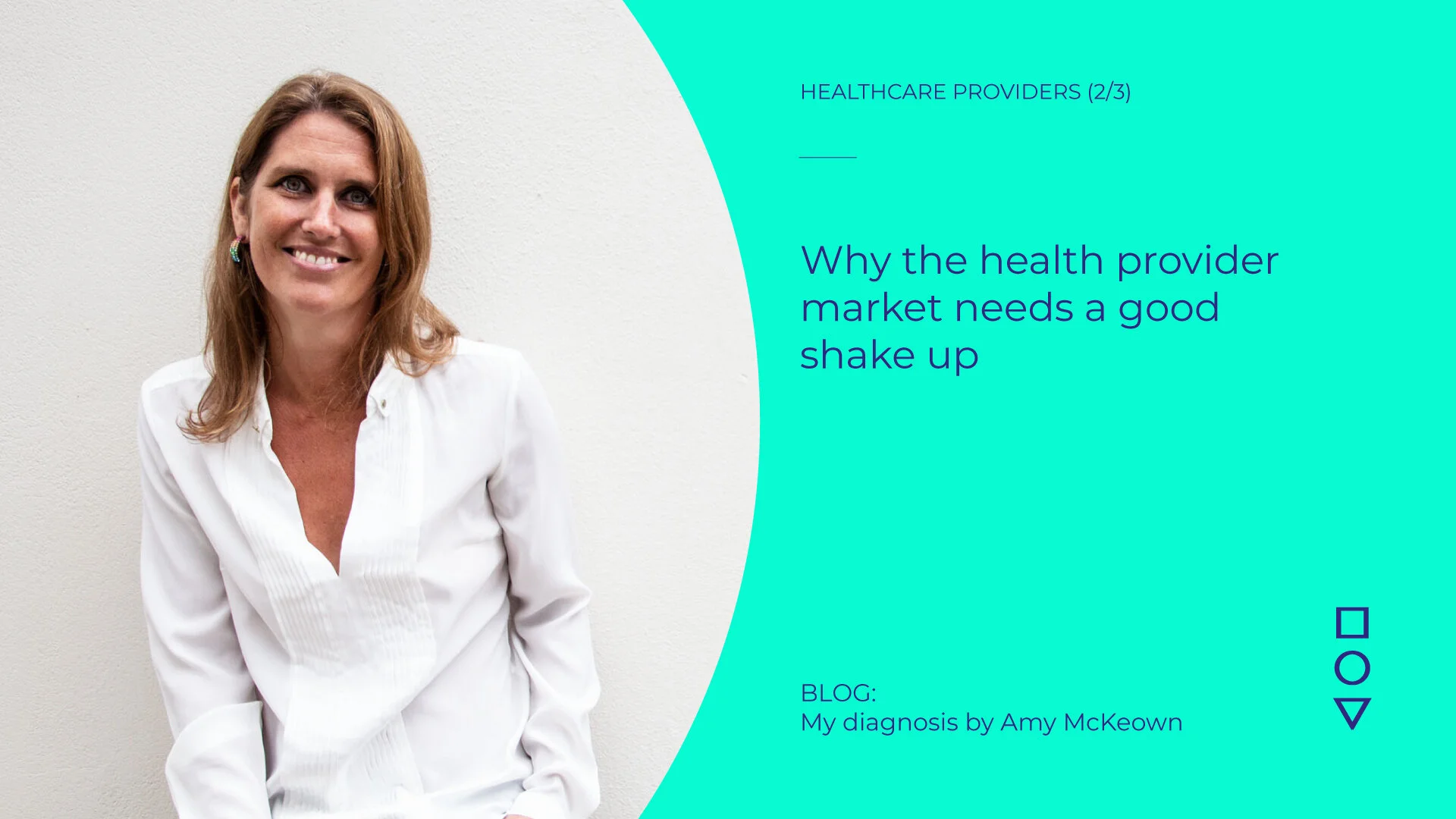Why the health provider market needs a good shake up (2/3)
This week I’d love to start a discussion on workplace health providers. In my experience, the market is in a truly sorry state...
Over the last 10 years or so, we have developed a commoditised market of mediocre insurance type ‘health’ products and providers (which often doesn’t cover most of the conditions that people of working age might have,). More recently, we have added numerous well-meaning mental health and tech start ups, as well as general fluff to the mix - all of which promise to be ‘the’ silver bullet in solving the issue of health and mental health in the workplace, whilst failing to provide any ROI or evidence to back up their claims.
If I sound cynical or weary, then that’s because I probably am. I have seen the same problems repeat themselves too many times. The only change I’ve really seen in recent years is a peak in the discussions around mental health, which is of course positive, but awareness of a topic does not make you an expert in it.
Which leads me on to my first observation; the people in organisations buying health providers usually don’t have enough health, mental health or clinical knowledge to know what they really need. Nor are they usually using the data from the existing providers they have to guide them.
It’s usually someone from HR or a Benefits/Reward team making these decisions. They’ll work with Procurement - whose skills are in negotiating contracts - not challenging what is needed from a health point of view. The organisation then goes to a broker (usually one of the big 3) who then goes to one of the big health insurers or providers to negotiate ‘the best deal’ from one of their commoditised packages.
The discussion becomes about who is going to offer the best excess or throw the most, often unnecessary, tests into a health screen - not whether the content of this package is any good, set up correctly for the organisation or contains the exact clinical content the demographic of their employees need. Perhaps most health providers are not very good as they have never had to be? They have never been challenged by the people buying them to up their game.
So where does it all go wrong? .
1. Money: Most organisations (large) spend a lot of money (often millions) on health providers of varying types including health screening, Occupational Health, Private Health Insurance, Employee Assistance Programmes, rehab, Income Protection insurance, bike to work schemes, health cash plans, some apps / tech… and bits and bobs for their Wellbeing policy. They have no idea of much they actually spend in total on all these benefits - and would be horrified if they did add it all up.
2. Legacy: The providers they buy may be the wrong things. They are being bought due to legacy, because others do, or because of a good sales pitch.
3. Management: The providers and benefits are all bought and managed by different parts of the business e.g. Occ Health may be managed by HR, PHI by benefits, rehab by H&S and so on… with little integration between them. Nor any clinical challenge about their contents.
4. Purpose: The providers are seen differently by different parts of the organisation. For example health screening. This is often bought as a part of an employment package as a competitor offers it. Some see it as a benefit. Others see it as preventative healthcare. Others as early warning. Others as a way of collecting data… Without a clear idea of exactly what you need and want to use it for, the product often ends up not fulfilling its purpose.
5. Duplication: There is duplication over many of the services provided. Many organisations have more than one EAP for example as they get added on for free to insurance policies. Money is wasted on duplication and you have 3rdparty providers with no direct relationship to the organisation providing health care and mental health care to employees…
6. Use: The providers that do exist aren’t set up and used properly. HR and organisational policies and processes don’t utilize them and care pathways aren’t drawn.
7. Awareness: Employees don’t use the providers as they don’t know about them or are confused about which one they should use.
8. Data protection: There is no clear organisational strategy about who owns or sees the employees’ clinical data. This is especially true of insurers, virtual GPs, and many tech start-ups whose business model is to collect the health data of organisational employees.
Next week I’m going to list my top tips for changing this, getting more value from the providers you have and making sure that in future, you buy the right things and use them properly.
As always, please share your thoughts on opinions on this topic, I look forward to hearing your views.

